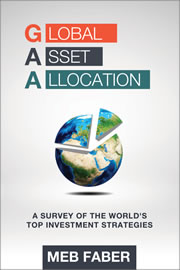 I am a regular reader of Meb Faber’s online writings, and volunteered to received a free review copy of his new book Global Asset Allocation: A Survey of the World’s Top Asset Allocation Strategies. It is a rather short book and would probably be around 100 pages if printed, but it condensed a lot of information into that small package.
I am a regular reader of Meb Faber’s online writings, and volunteered to received a free review copy of his new book Global Asset Allocation: A Survey of the World’s Top Asset Allocation Strategies. It is a rather short book and would probably be around 100 pages if printed, but it condensed a lot of information into that small package.
First off, you are shown how any individual asset class contains its own risks, from cash to stocks. The only “free lunch” out there is diversification, meaning that you should hold a portfolio of different, non-correlated asset classes. For the purposes of this book, the major asset classes are broken down into:
- US Large Cap Stocks
- US Small Cap Stocks
- Foreign Developed Markets Stocks
- Foreign Emerging Markets Stocks
- US Corporate Bonds
- US T-Bills
- US 10-Year Treasury Bonds
- US 30-Year Treasury Bonds
- 10-Year Foreign Gov’t Bonds
- TIPS (US Inflation-linked Treasuries)
- Commodities (GSCI)
- Gold (GFD)
- REITs (NAREIT)
So, what mix of these “ingredients” is best? Faber discusses and compares model asset allocations from various experts and sources. I will only include the name and brief description below, but the book expands on the portfolios a little more. Don’t expect a comprehensive review of each model and its underpinnings, however.
- Classic 60/40 – the benchmark portfolio, 60% stocks (S&P 500) and 40% bonds (10-year US Treasuries).
- Global 60/40 – stocks split 50/50 US/foreign, bonds also split 50/50 US/foreign.
- Ray Dalio All Seasons – proposed by well-known hedge fund manager in Master The Money Game book.
- Harry Browne Permanent Portfolio – 25% stocks/25% cash/25% Long-term Treasuries/25% Gold.
- Global Market Portfolio – Based on the estimated market-weighted composition of asset classes worldwide.
- Rob Arnott Portfolio – Well-known proponent of fundamental indexing and “smart beta”.
- Marc Faber Portfolio – Author of the “Gloom, Boom, and Doom” newsletter.
- David Swensen Portfolio – Yale Endowment manager, from his book Unconventional Success.
- Mohamad El-Erian Portfolio – Former Harvard Endowment manager, from his book When Markets Collide.
- Warren Buffett Portfolio – As directed to Buffett’s trust for his wife’s benefit upon his passing.
- Andrew Tobias Portfolio – 1/3rd each of: US Large, Foreign Developed, US 10-Year Treasuries.
- Talmud Portfolio – “Let every man divide his money into three parts, and invest a third in land, a third in business and a third let him keep by him in reserve.”
- 7Twelve Portfolio – From the book 7Twelve by Craig Israelsen.
- William Bernstein Portfolio – From his book The Intelligent Asset Allocator.
- Larry Swedroe Portfolio – Specifically, his “Eliminate Fat Tails” portfolio.
Faber collected and calculated the average annualized returns, volatility, Sharpe ratio, and Max Drawdown percentage (peak-to-trough drop in value) of all these model asset allocations from 1973-2013. So what were his conclusions? Here some excerpts from the book:
If you exclude the Permanent Portfolio, all of the allocations are within one percentage point.
What if someone was able to predict the best-performing strategy in 1973 and then decided to implement it via the average mutual fund? We also looked at the effect if someone decided to use a financial advisor who then invested client assets in the average mutual fund. Predicting the best asset allocation, but implementing it via the average mutual fund would push returns down to roughly even with the Permanent Portfolio. If you added advisory fees on top of that, it had the effect of transforming the BEST performing asset allocation into lower than the WORST.
Think about that for a second. Fees are far more important than your asset allocation decision! Now what do you spend most of your time thinking about? Probably the asset allocation decision and not fees! This is the main point we are trying to drive home in this book – if you are going to allocate to a buy and hold portfolio you want to be paying as little as possible in total fees and costs.
So after collecting the best strategies from the smartest gurus out there, all with very different allocations, the difference in past performance between the 12+ portfolios was less than 1% a year (besides the permanent portfolio, which had performance roughly another 1% lower but also the smallest max drawdown). Now, there were some differences in Sharpe ratio, volatility, and max drawdown which was addressed a little but wasn’t explored in much detail. There was no “winner” that was crowned, but for the curious the Arnott portfolio had the highest Sharpe ratio by a little bit and the Permanent portfolio had the smallest max drawdown by a little bit.
Instead of trying to predict future performance, it would appear much more reliable to focus on fees and taxes. I would also add that all of these portfolio backtests looked pretty good, but they were all theoretical returns based on strict application of the model asset allocation. If you are going to use a buy-and-hold portfolio and get these sort of returns, you have to keep buying and keep holding through both the good times and bad.
Although I don’t believe it is explicitly mentioned in this book, Faber’s company has a new ETF that just happens to help you do these things. The Cambria Global Asset Allocation ETF (GAA) is an “all-in-one” ETF that includes 29 underlying funds with an approximate allocation of 40% stocks, 40% bonds, and 20% real assets. The total expense ratio is 0.29% which includes the expenses of the underlying funds with no separate management fee. The ETF holdings have a big chunk of various Vanguard index funds, but it also holds about 9% in Cambria ETFs managed by Faber.
Since it is an all-in-one fund, theoretically you can’t fiddle around with the asset allocation. That’s pretty much how automated advisors like Wealthfront and Betterment work as well. If you have more money to invest, you just hand it over and it will be invested for you, including regular rebalancing. The same idea has also been around for a while through the under-rated Vanguard Target Retirement Funds, which are also all-in-one but stick with simplicity rather than trying to capture possible higher returns though value, momentum, and real asset strategies. The Vanguard Target funds are cheaper though, at around 0.18% expense ratio.
Well, my portfolio already very low in costs. So my own takeaway is that I should… do nothing! 🙂
Alpha Architect also has a review of this book.
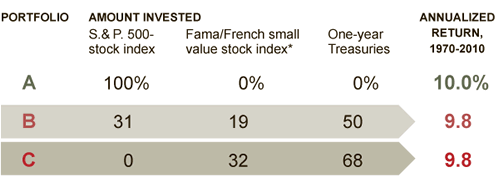
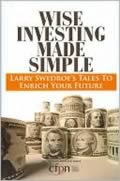
 (
(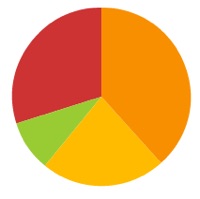 Here are some helpful resources on owning only bonds of the highest credit quality as part of your portfolio asset allocation.
Here are some helpful resources on owning only bonds of the highest credit quality as part of your portfolio asset allocation. 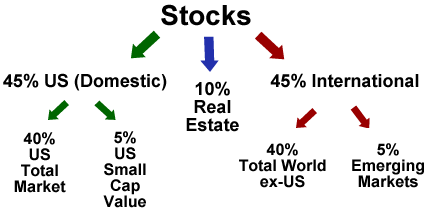
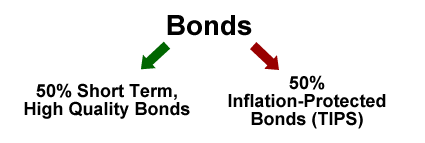
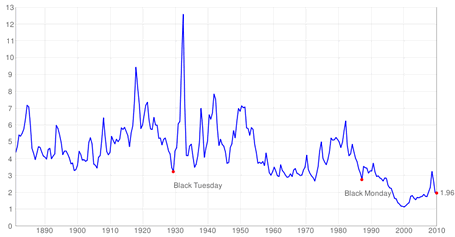
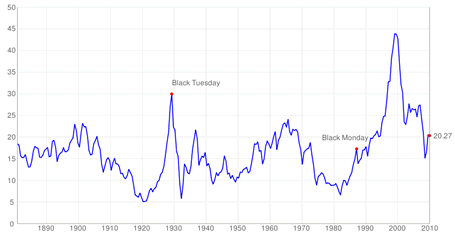
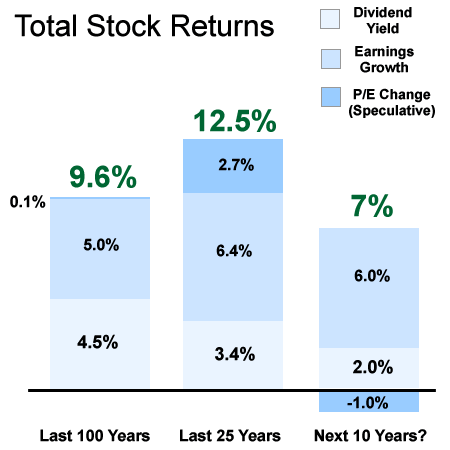
 So how did everyone do in their March Madness pool? In the book
So how did everyone do in their March Madness pool? In the book 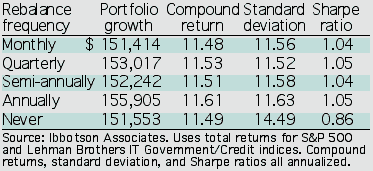
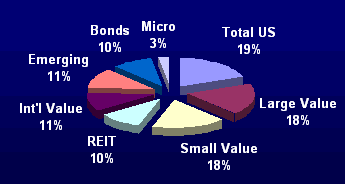
 The Best Credit Card Bonus Offers – November 2024
The Best Credit Card Bonus Offers – November 2024 Big List of Free Stocks from Brokerage Apps
Big List of Free Stocks from Brokerage Apps Best Interest Rates on Cash - November 2024
Best Interest Rates on Cash - November 2024 Free Credit Scores x 3 + Free Credit Monitoring
Free Credit Scores x 3 + Free Credit Monitoring Best No Fee 0% APR Balance Transfer Offers
Best No Fee 0% APR Balance Transfer Offers Little-Known Cellular Data Plans That Can Save Big Money
Little-Known Cellular Data Plans That Can Save Big Money How To Haggle Your Cable or Direct TV Bill
How To Haggle Your Cable or Direct TV Bill Big List of Free Consumer Data Reports (Credit, Rent, Work)
Big List of Free Consumer Data Reports (Credit, Rent, Work)